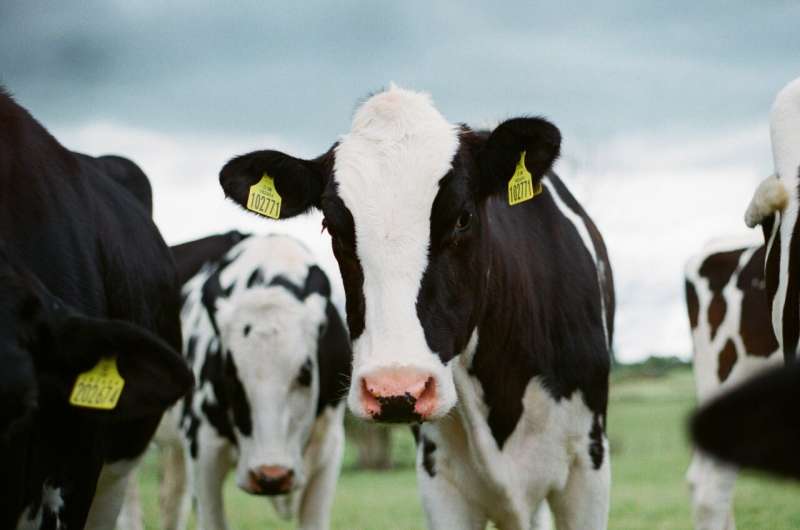Discovery of Hidden H5N1 Avian Influenza Transmission in Texas Dairy Cattle

Scientists from the United States Department of Agriculture's National Animal Disease Center, along with various academic, state, and federal partners, have identified a concerning emergence of highly pathogenic avian influenza A (H5N1) in dairy cattle across multiple states. This discovery highlights a previously unnoticed transmission pathway of the virus from wild birds to cattle, with subsequent spread within livestock populations.
Genetic analyses indicate that the virus underwent a reassortment event in wild birds before infecting cattle in late 2023. The infected cattle exhibited no symptoms initially, which facilitated silent spread across eight states, with transmission likely beginning from a single spillover event. Whole-genome sequencing and phylodynamic studies traced these infection routes, revealing that the virus persisted within cattle populations for several months, with evidence of transmission to poultry, raccoons, cats, and wild bird species including grackles, blackbirds, and pigeons.
An intriguing case involved a dairy worker infected with a slightly distinct viral genotype, likely originating from cattle exposure, although transmission from other potential hosts cannot be entirely ruled out. The research suggests cattle may shed the virus for two to three weeks, contributing to its interstate dissemination.
Importantly, the virus demonstrated low-frequency mutations associated with increased transmission efficiency and adaptation to mammals. These genetic changes raise concerns about the virus’s potential to become more transmissible or pathogenic in humans, emphasizing the importance of vigilant monitoring.
The findings, published in the journal Science, underscore the risk of H5N1 A (H5N1) adapting to mammalian hosts and circulating within livestock. Continued surveillance and testing, especially before cattle are moved across state lines, are vital for early detection and prevention of possible zoonotic spillover. Strategies such as a nationwide milk testing program are recommended to mitigate the emerging threats posed by this virus to both animal and human health.
This study highlights the interconnectedness of wildlife, livestock, and human health, and stresses the urgent need for integrated disease management approaches to prevent future outbreaks.
Stay Updated with Mia's Feed
Get the latest health & wellness insights delivered straight to your inbox.
Related Articles
Targeting Tumor Cell Stemness: A New Strategy in Colon Cancer Treatment
New research uncovers how enhancing the activity of CDX1 and CDX2 transcription factors can suppress tumor cell stemness in colon cancer, offering promising therapeutic targets to improve treatment outcomes.
Using AI Scribes in Medical Consultations: What Patients Need to Know
AI scribes are transforming medical consultations by transcribing and drafting notes to save time, but they raise important privacy and safety concerns. Learn what patients should know about this emerging technology.
Guidance for Rheumatic Disease Patients Navigating Online Health Information
This article explores how patients with rheumatic musculoskeletal diseases search for online health information, the challenges they face, and the need for better guidance to improve health literacy and treatment outcomes.



